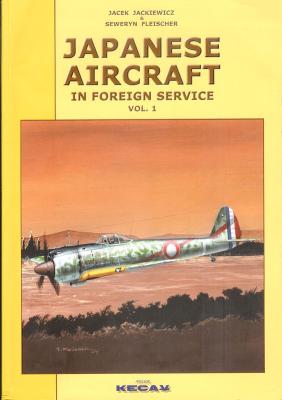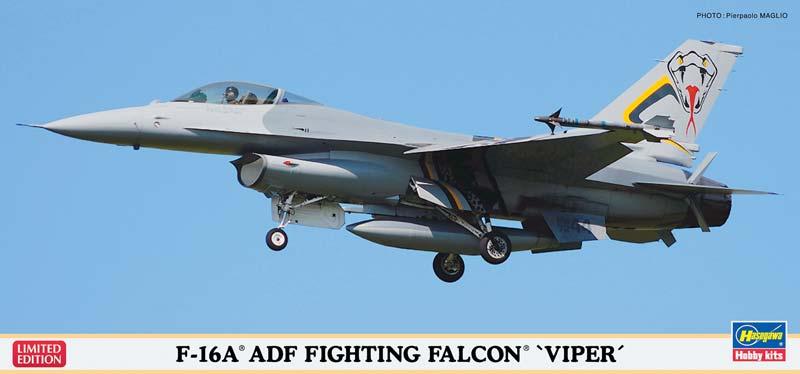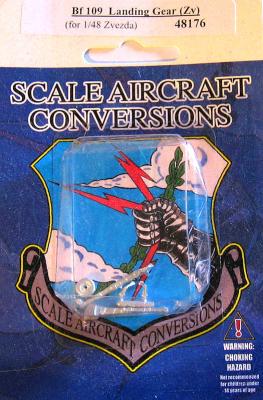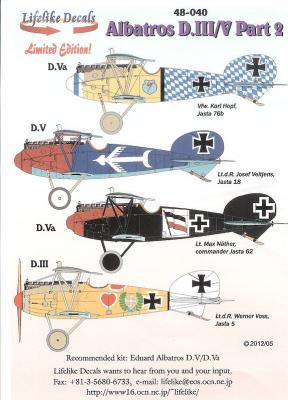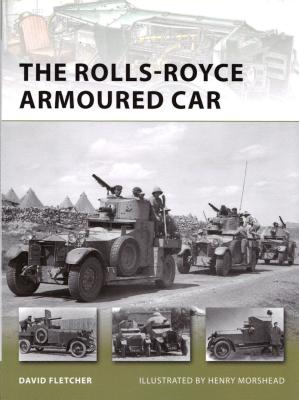This is the first of a three-volume set being published by Kecam. This first volume covers Japanese aircraft operated by Japan’s allies during World War 2, as well as those captured by opposing forces (other than the US, UK, and Commonwealth countries), and those pressed into service by various countries in the immediate post-war period.
The book is in a softcover format, with thick stock covers and pages finished in a high-quality satin finish. Black and white photos, as well as extremely well-done color profiles, appear on almost every one of the 128 pages. There are even a few rare color photos in some sections.
The authors dive right in to the topic, with the inside front cover having a table of all Japanese aircraft operated by the subject countries. Aircraft purchased, seized, or otherwise obtained by various Chinese forces, Thailand, Kwangsi, Manchuria, Korea (North and South), Nanking, Indonesia, the Soviet Union, and France are all listed.











